There can be your advertisement
300x150
How to Simplify Life and Help Nature: 10 Eco-Tips
Changing the world for the better is easier than you think: you don't even need to leave your home.
We found 10 simple eco-tips that will not only green up your space and reduce electricity costs, but also simplify daily life. Start living an eco-friendly lifestyle today!
Tip #1: Turn off the water while brushing teeth
Dentists recommend spending at least two minutes on quality tooth cleaning. If you don’t turn off the tap while doing this, you waste about 10 liters of water per minute. That’s at least 40 liters a day, 1200 liters a month, and 14,600 liters in a year. That’s more than 70 full baths!
Turn off the water while brushing teeth: this way you’ll not only help the environment but also save around 1500–1900 rubles a year, considering current tariffs.

Tip #2: Install a dishwasher
Who hasn’t dreamed of a dishwasher? It's not only convenient but also eco-friendly, as it uses about 4 times less water than hand-washing dishes. For example: 12–15 liters in a dishwasher versus 60 liters for the same amount of dishes when washed by hand.
It’s simple – the machine filters and reuses small amounts of water. However, to really save water, follow a few easy rules: fill the dishwasher to maximum capacity and avoid rinsing dishes. Remove food remnants manually instead. Also, choose energy-saving modes and don’t waste cleaning agents.
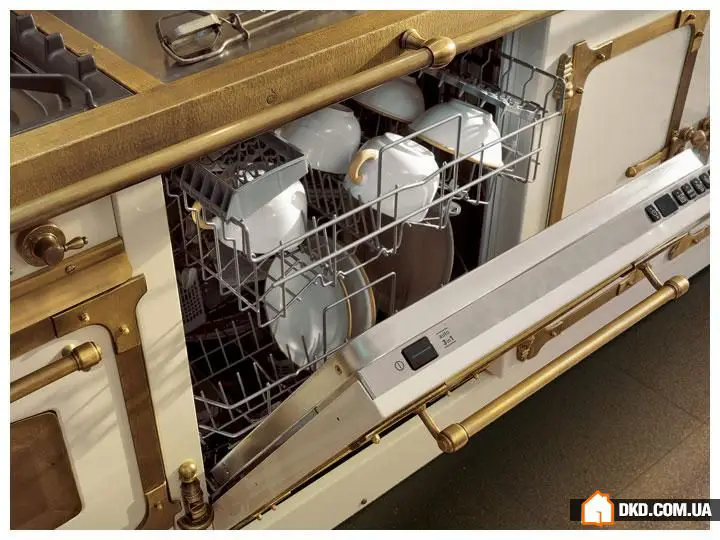
Tip #3: Turn off the refrigerator during vacation
Refrigerators are one of those appliances we never turn off. Therefore, we recommend unplugging it during vacation. This way you’ll avoid unnecessary energy consumption, as a typical refrigerator uses about 0.64–1.20 kWh per day. The consumption may increase: for example, in 30°C heat (which is common during summer vacations), the appliance may use up to 100% more energy than in cooler weather.
You should also disconnect the refrigerator from power because every model (even those with no frost) needs periodic defrosting. Vacation is a perfect time to do it!
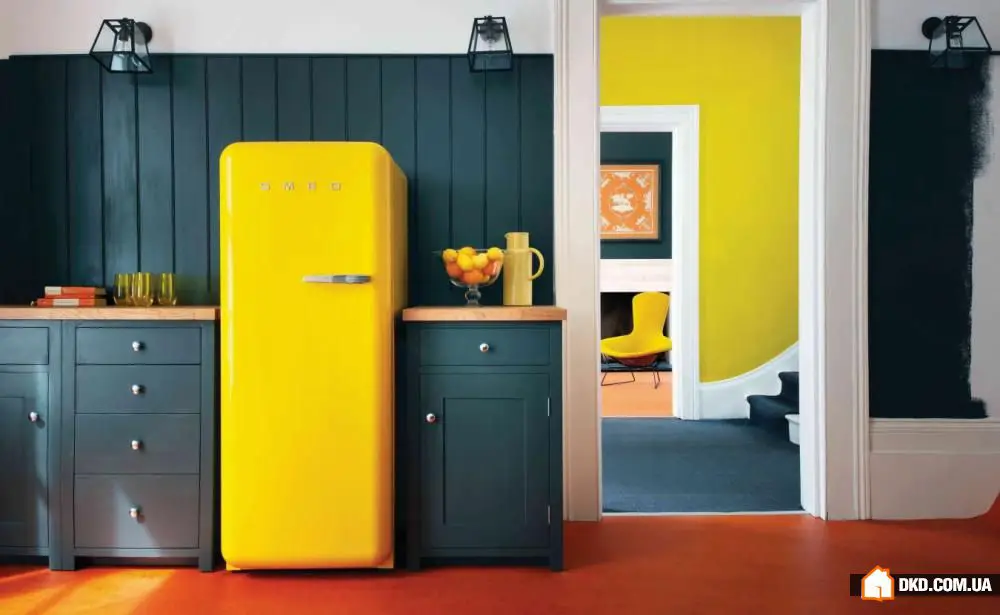
Tip #4: Replace light bulbs with LEDs
One undeniable advantage of LED bulbs is that they are made from semiconductor crystals – LEDs – and do not contain mercury or other hazardous substances. Therefore, they are considered safer and more energy-efficient: LEDs consume significantly less energy, and their lifespan ranges from 30,000 to 50,000+ hours.
According to scientists' calculations, LED bulbs are 8–10 times more economical than incandescent ones and 2–3 times more than fluorescent bulbs. Unlike other types of bulbs, LED bulbs do not emit infrared or ultraviolet radiation. Additionally, they don’t require special disposal.
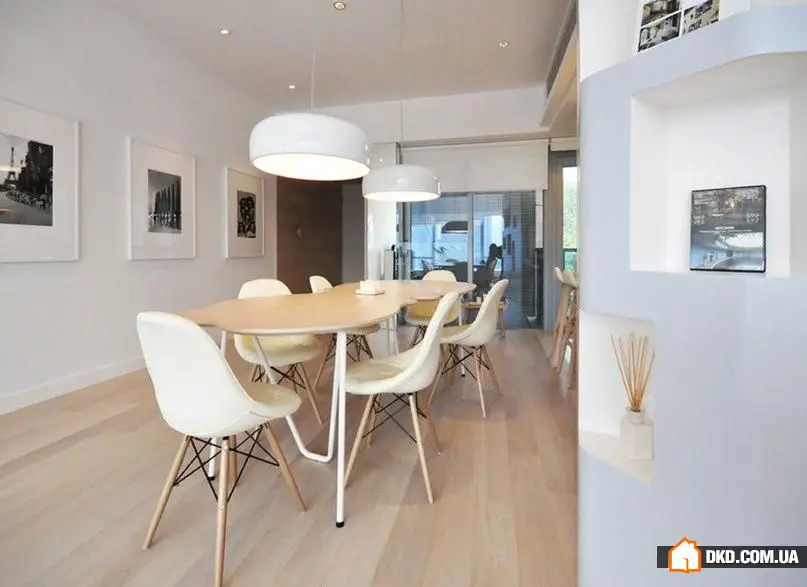
Tip #5: Don’t leave chargers plugged into sockets
Don't keep phone chargers, camera chargers, player chargers, or laptop chargers plugged into the socket. In this case, up to 95% of electricity is wasted on heating the charging unit, which only gets damaged. To avoid constantly unplugging multiple plugs, designate a single power filter for all chargers and turn it off before leaving for work. This is also beneficial for fire safety.
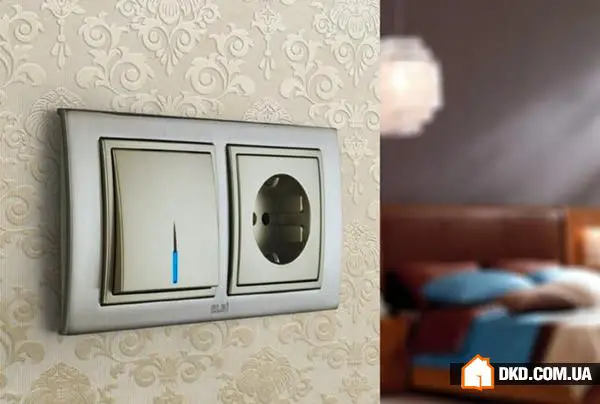
Tip #6: Don’t leave the computer on in standby mode
When actively using a computer during the day, there's no need to turn it on and off. But set it to enter sleep mode after 4–5 minutes of inactivity. However, leaving it on for extended periods when not in use is not recommended. An unused computer in sleep mode still consumes 200–300 W – that’s about 12 kWh a month.
Peripheral devices (printers and scanners) should always be turned off if not in use. This can save an additional 2–3 kWh a month.

Tip #7: Use a magnetic board instead of stickers
On average, a typical company spends about a ton of paper over 1.5 years, requiring 20–25 trees for production. Make a simple step toward conserving natural resources by replacing stickers with a magnetic marker board. You can attach paper notes to the magnetic board when needed. Unlike stickers, these notes can be written on both sides, thus saving paper.
You can also use such a board at home for family notes or children’s artwork, which usually requires a lot of paper. You can buy one at any stationery store or home goods retailer, for example, IKEA.
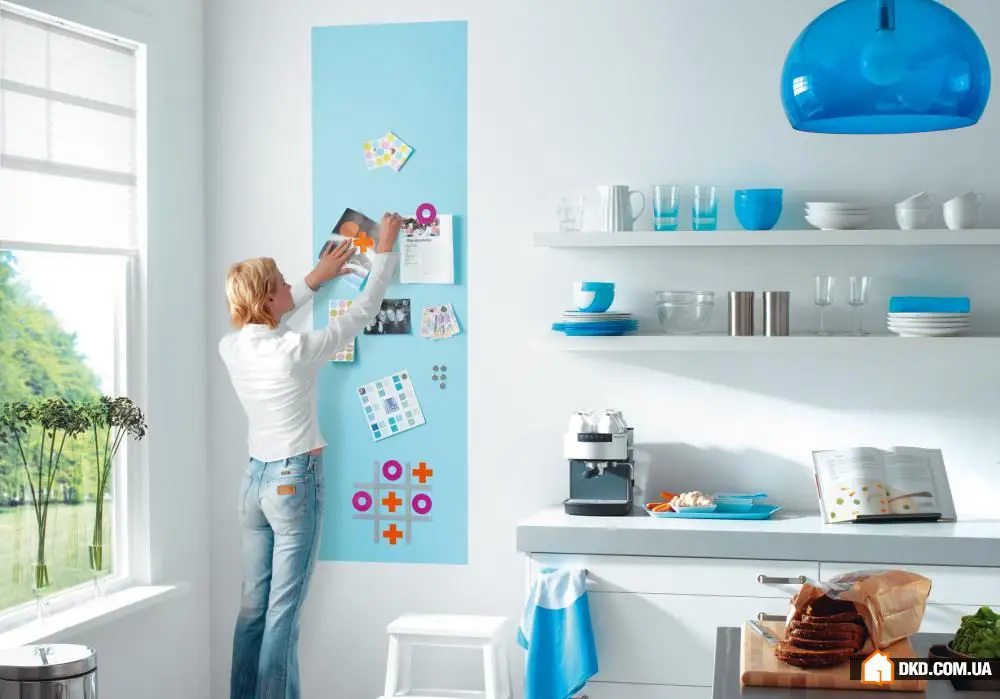
Tip #8: Place a paper recycling box in your entrance
Install a paper recycling bin in your apartment building’s entrance. You can collect brochures, newspapers, flyers, and other paper waste from mailboxes in it. To prevent non-paper trash from being thrown in, hang an informational poster or a paper note saying “For Recycling” above the box. In this way, you can show your environmental consciousness not only to yourself but also to your neighbors.
A large box will collect waste for several months, after which it can be taken to a secondary material collection point. Recycled paper is a valuable resource that is easy to process and in demand on the waste market, so it's accepted everywhere.
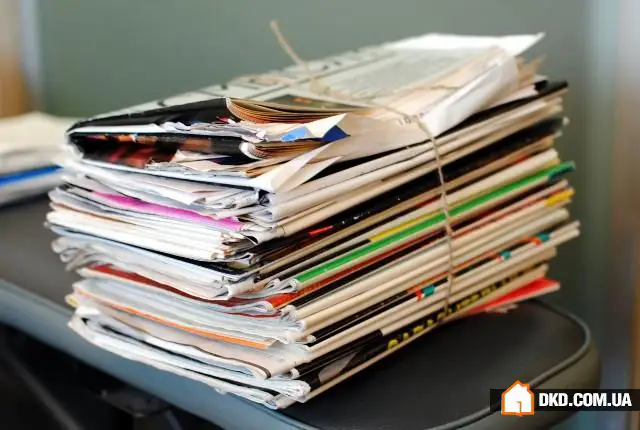
Tip #9: Buy drinks in aluminum cans
Aluminum has an endless recycling cycle, making it popular in the secondary material market and accepted at most collection points. Aluminum is a non-renewable resource on Earth. Currently, 20% of the world’s aluminum reserves are used for making beer and soft drink cans. That’s why it's crucial to recycle aluminum. It requires 20 times less energy than producing new aluminum packaging.
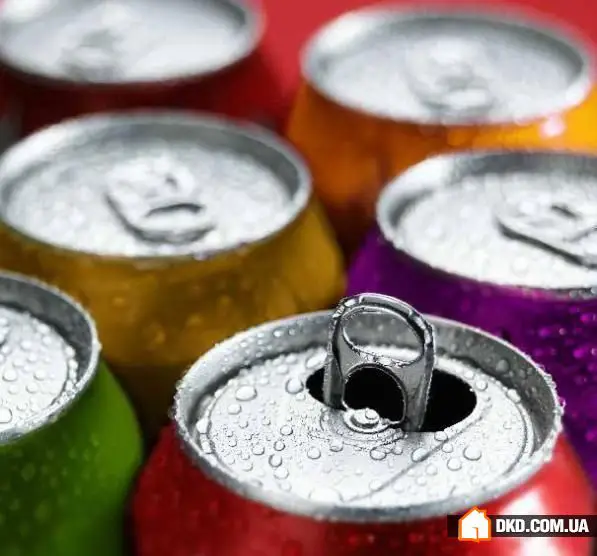
Tip #10: Donate old clothes
For example, at H&M stores where special containers labeled “Let Clothes Live Longer” are installed. One bag of clothes gives a 15% discount, which can be used on new H&M items. It applies to one item from any H&M collection. Containers are installed in all stores. You can donate no more than two bags at a time. Shoes, bedding, and leather items are not accepted. All collected materials go to the international organization I:CO. Items still suitable for wear are sent to second-hand stores. Clothes that can’t be worn go to recycling and new fabric production.

The editorial team thanks the Recycle project for helping prepare this content.
More articles:
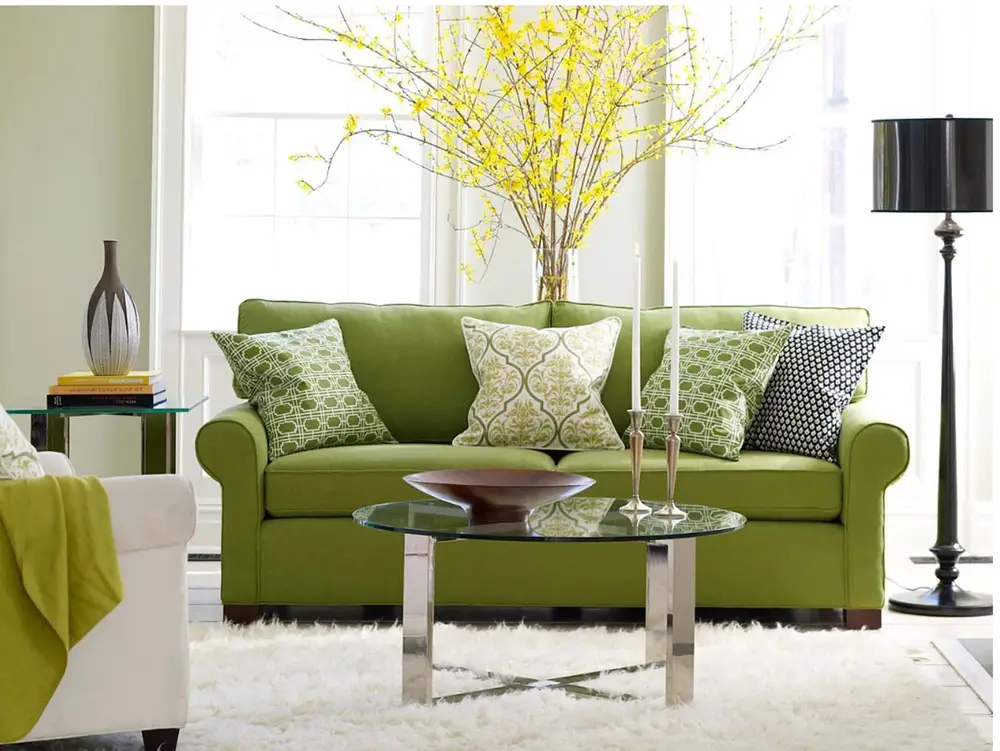 Closer to Nature: 20 Eco-Ideas for Your Apartment
Closer to Nature: 20 Eco-Ideas for Your Apartment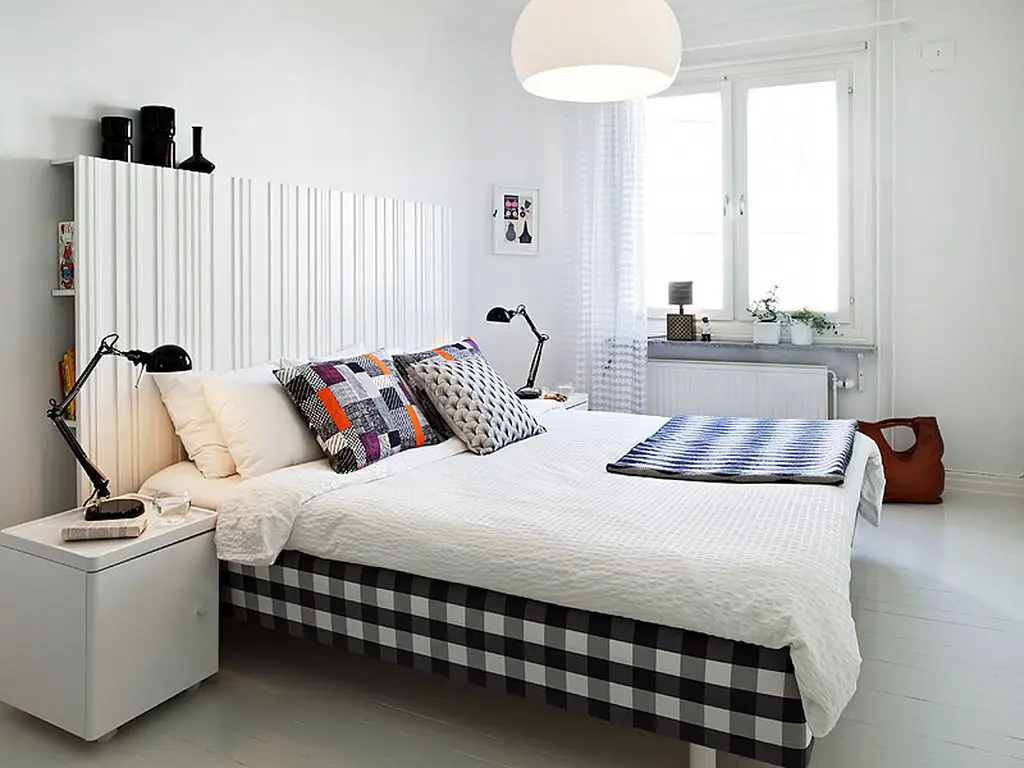 Express Bedroom Renovation: 7 Steps to Refresh
Express Bedroom Renovation: 7 Steps to Refresh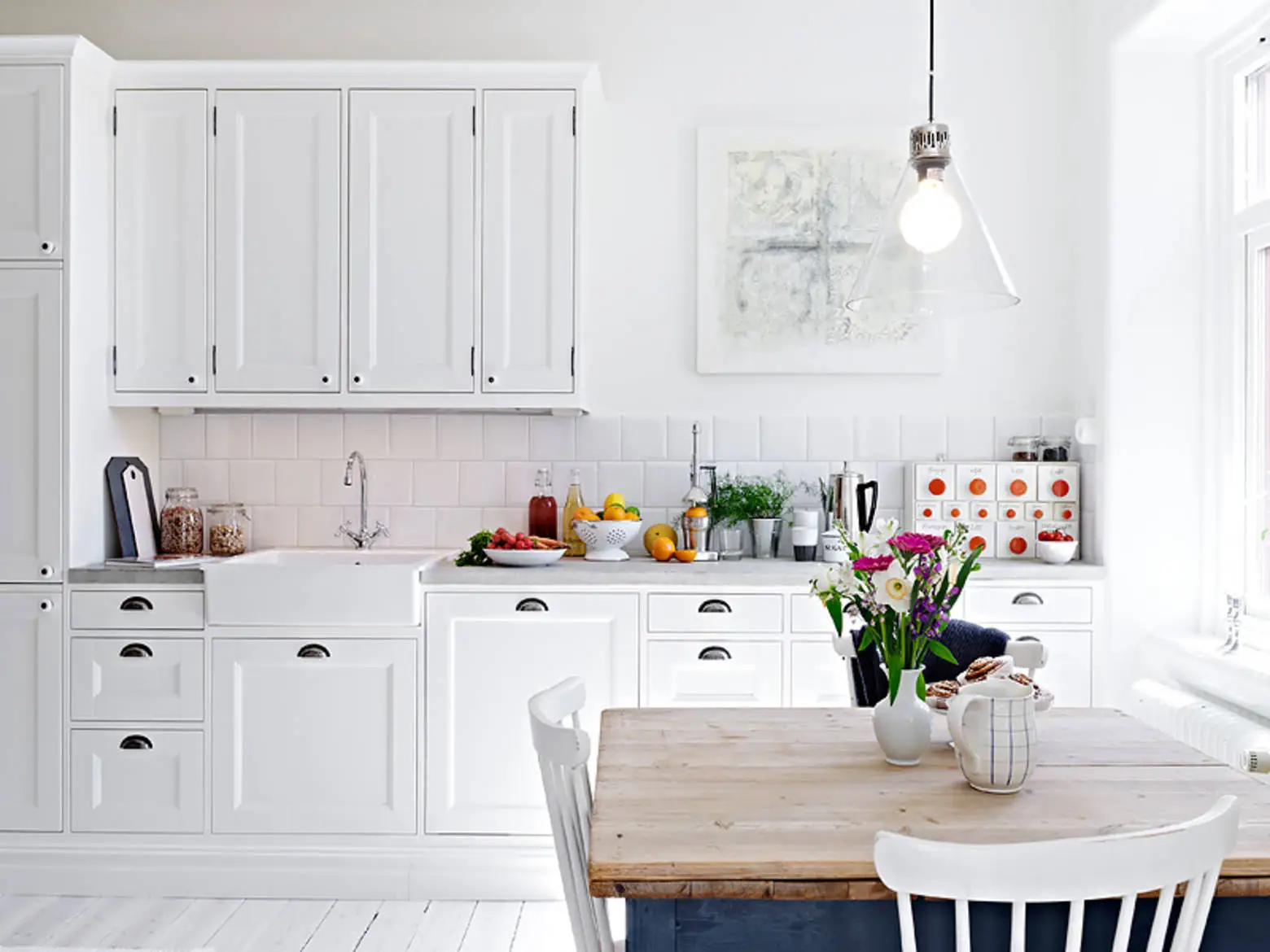 White Kitchen: 5 Tips for Creating the Perfect Interior
White Kitchen: 5 Tips for Creating the Perfect Interior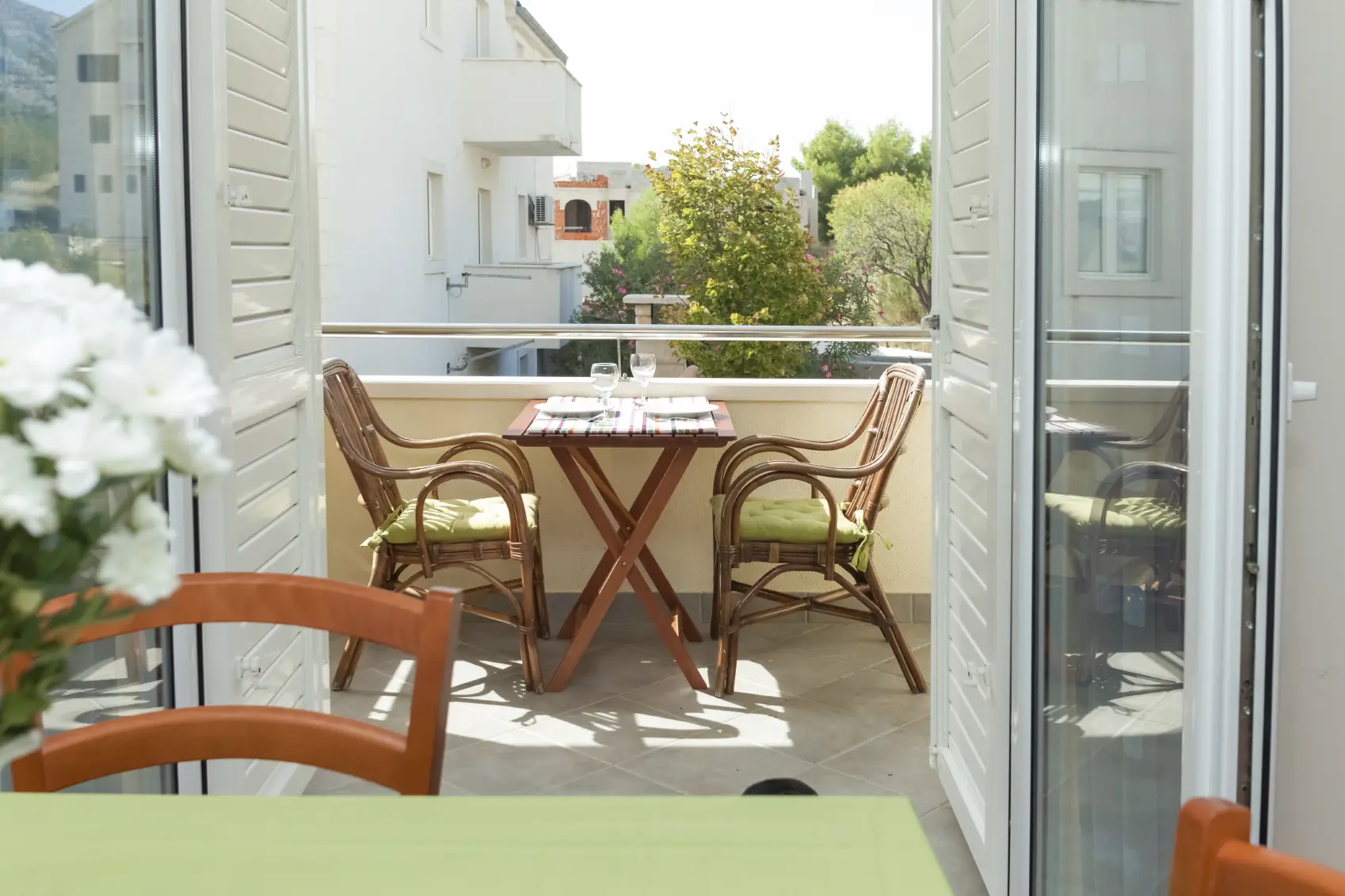 How to Design a Balcony: 20 Fresh Ideas
How to Design a Balcony: 20 Fresh Ideas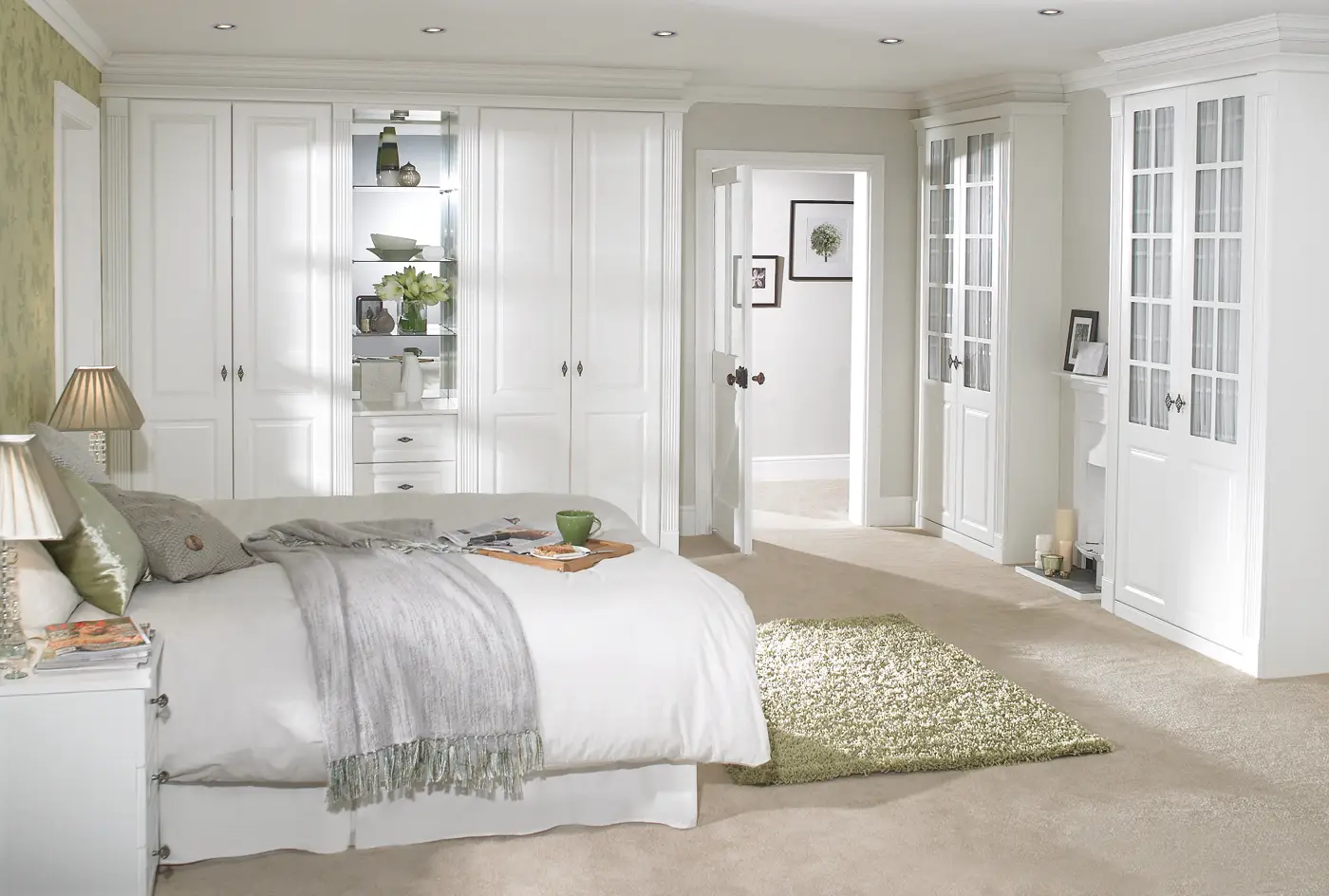 Storage System in Bedroom: 5 Ideas for Rooms of Different Sizes
Storage System in Bedroom: 5 Ideas for Rooms of Different Sizes Repair in Practice: How to Repaint Ceramic Tiles
Repair in Practice: How to Repaint Ceramic Tiles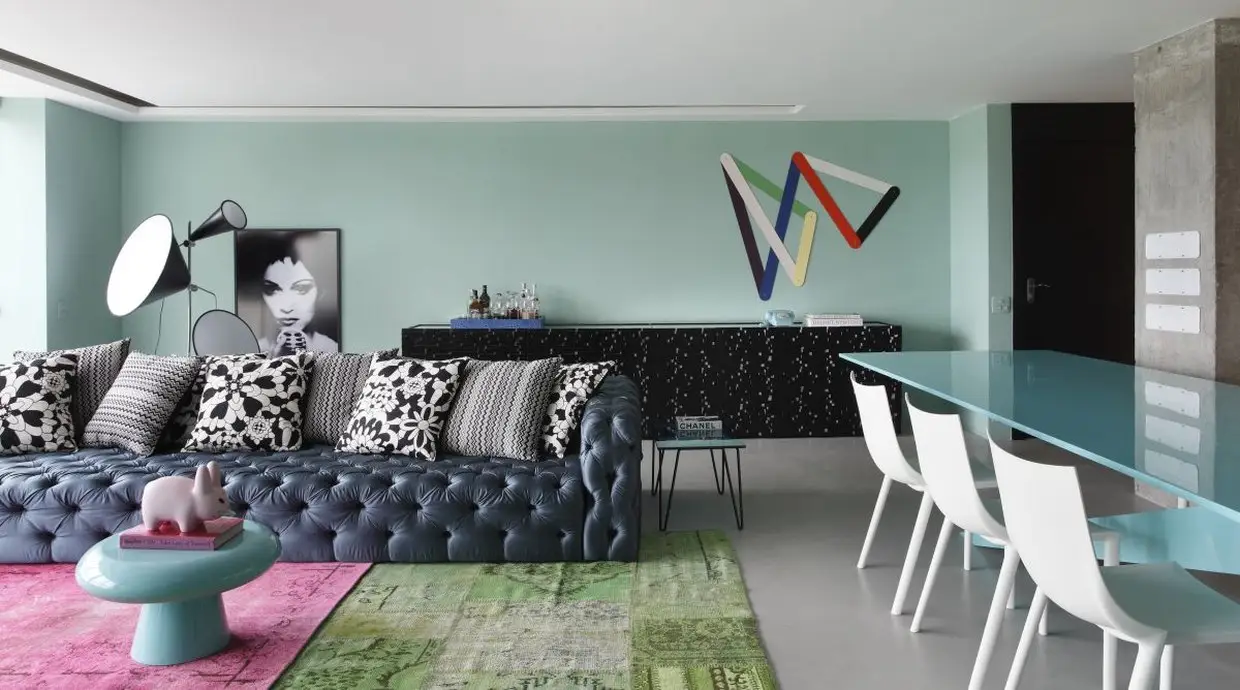 11 Interior Mistakes You Can Make
11 Interior Mistakes You Can Make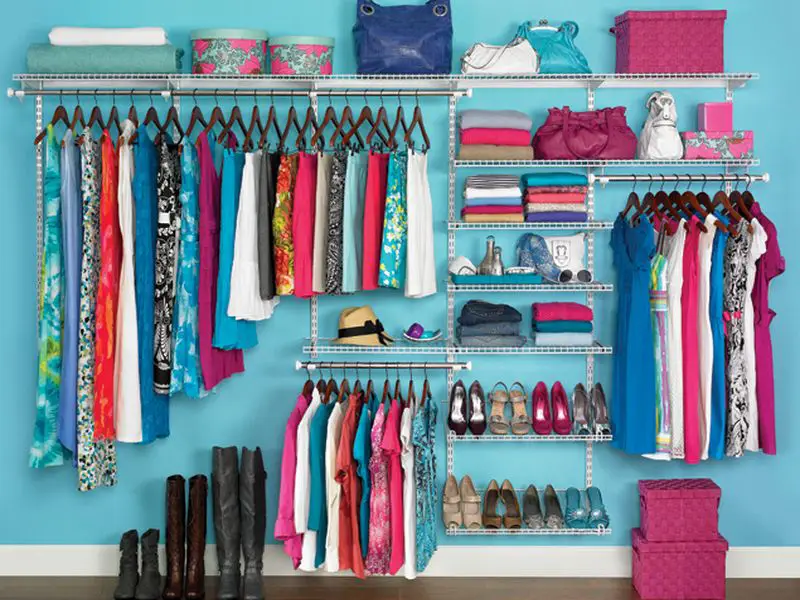 The Perfect Wardrobe: 15 Practical Tips
The Perfect Wardrobe: 15 Practical Tips